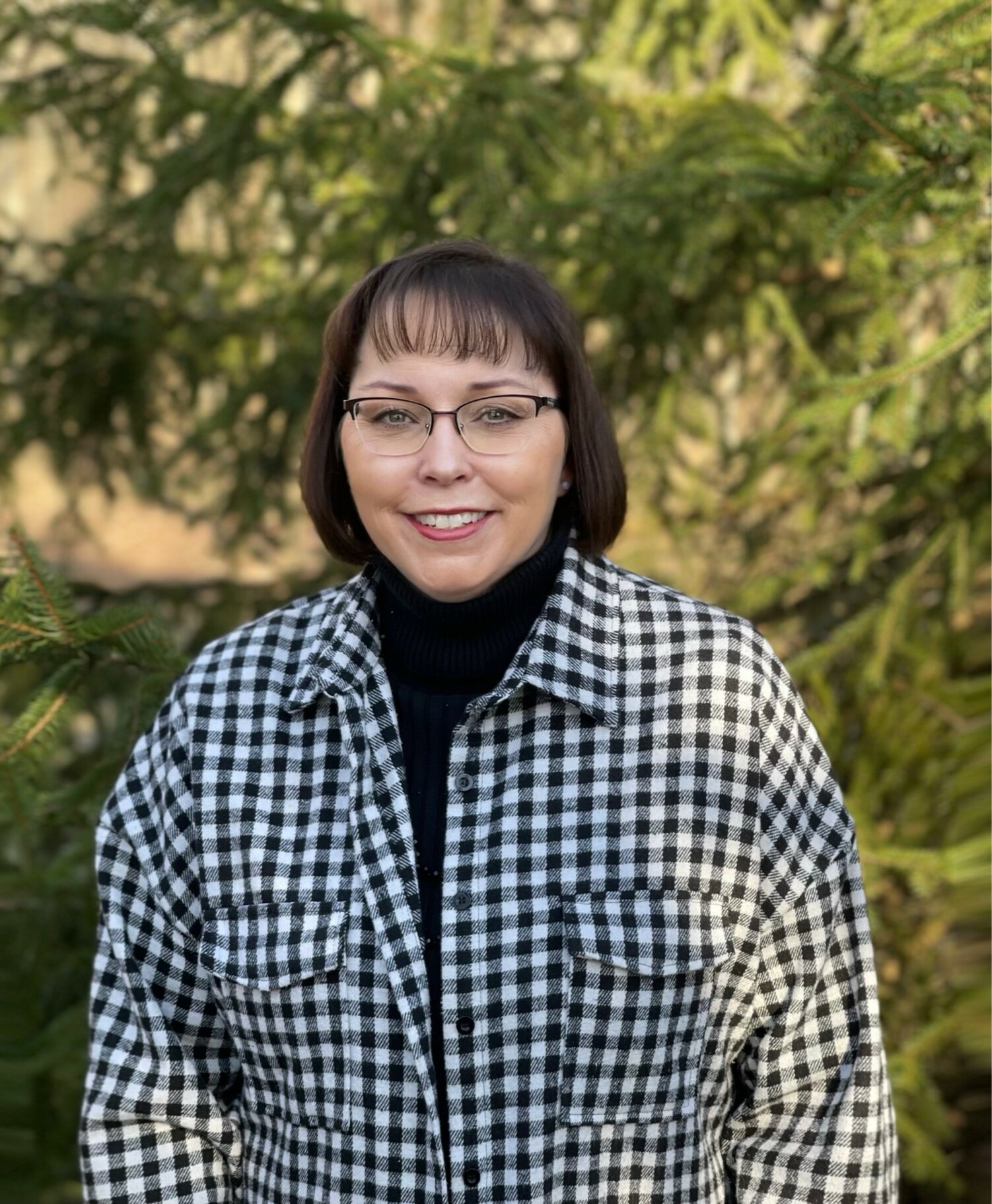



What’s new with AgView?
Learn why enrolling in AgView is a critical part of preparednessDr. Patrick Webb, Assistant Chief Veterinarian at the National Pork Board, recently spoke with The Pig Site’s Sarah Mikesell to discuss updates and advancements to AgView, a software program for tracing the US pig population.
Overview of AgView
“AgView is a free opt-in technology solution that is pork checkoff-funded,” said Dr. Webb. “It is basically a database and dashboard that allows producers to share traceability data, secure pork supply, provide documentation and laboratory test results to their state animal health official in the face of a foreign animal disease outbreak or threat.”
Over the last two years, the focus has been driving producer adoption of AgView, as a steppingstone to preparedness for the industry.
“We've begun to receive user feedback, wanting to implement shared data prior to an outbreak,” said Dr. Webb. “Our producers have said, they’d like to provide this traceability data to their state veterinarians prior to an outbreak. We do have a data opt-in feature now for those producers that are forward-thinking and want to share locations and movements prior to an outbreak.”
According to Dr. Webb, this puts the US pig industry in front of the eight ball instead of behind it. And if or when the states need the information the most, AgView can provide that feature to producers. There are some producers who have already adopted these features of AgView.
“I think producers are readily understanding that they're part of the solution in the event of an outbreak,” said Dr. Webb. “We need to be able to provide good traceability data so that our pork producers can use it for everyday management of their herds and are able to share this data with state animal health officials, when they need to make risk-based decisions related to whether pork can move or not.
The AgView products have been well-received, but the improvements now offer additional tracing data, including tracking feed movements, pig movements, mortalities, rendering movements and there are more new features coming.
These features offer more day-to-day value for producers, but more importantly, the ability for those producers to play a stronger role in the response. The producers can provide this real-time information to their states so they can determine where diseases exist and where they do not.
“This will allow the swine industry to move towards regionalization, which will get and keep the industry in business,” said Dr. Webb. “It will assist with the recovery if an outbreak should occur.”
Being prepared is crucial
“Every state needs to have a state picture of what's going on related to pig movements in and out of the state as well as in and out of control areas,” said Dr. Webb. “In the US, USDA will be responsible for setting up regions and will need a national picture.”
If all US pig producers would implement AgView, then it would provide a high level of producer participation and information. Then, if the data was formatted and able to be shared at the click of a button, AgView can provide a state and national picture based on the data provided.
“Having the information at the state and national levels leads to that regionalization that we desperately need in the event of an outbreak so we can get back into business, commerce and trade, as quickly as possible,” said Dr. Webb.
Biggest barrier to producer participation
“The biggest barrier is just getting the word out,” said Dr. Webb. “The producers may understand what AgView is, but they may not know how easy and user-friendly it is or all the features that are available.”
There are multiple ways to enter data into AgView using a desktop computer or mobile app. It can be as easy as using an Excel spreadsheet or using a fully integrated software partner that has an application program that interfaces (API) with AgView. There is a complete partner listing on www.agview.com.
“We tried to make it as easy as possible for our producers, whether they are a show pig producer, or a large production system,” he said. “We also need to help producers to understand their data is confidential. They're the ones who determine when that data is shared.”
Dr. Webb said it’s about educating producers about AgView.
“If I can set a producer down across from me, and in about 15 minutes, we could have a conversation and they could understand the value and the use of getting data entered into AgView,” he explained.
There are 60,000 producers, so that is 60,000 conversations that need to take place to educate producers of all sizes of the importance of implementing AgView and its benefits for the individual producers as well as the industry.
“For those producers who come to World Pork Expo, we're going to focus 100% in our National Pork Board booth on preparedness,” he said. “If producers want to dig into the different benefits of AgView,” said Dr. Webb. “They can ask questions about anything such as how to secure the pork supply in the US and how pork ships. Stop by our booth, we'll have subject-matter experts there and we'll engage in these conversations.”
Ag View is a product for all producers
Every producer, regardless if you have 1 pig or 50,000 pigs, should engage with AgView.
“We have show pig producers using AgView, but we also have pork powerhouse top 40 producers using AgView and everything in between,” said Dr. Webb. “There are 835 producer-users enrolled in the program and that covers a lot of ground in the industry; however, there are 60,000 producers. We really need to move forward and get every pig producer to adopt the technology to prepare the industry for any foreign animal disease threat.”







